Artistic Statement on Creative Research: Julia Cooper
Creative research has always been a way for me to connect with others, both through the act of performance, and through the process of working with artists. As a choreographer, I strive to speak to my audience through the movement in an attempt to shift perspective, alter narrative, and question what is known. This work begins by engaging with distinguished performing artists throughout the creative process. For this, I feel privileged. I work with dancers through a focus on historical context, the use of narrative, and above all, an emphasis on human connection.
Within this process, history has often served as the first point of contact in the creative research. My interest here lies in reworking the traditional ballet canon in an effort to bring ballet into the twenty first century. I have found that the traditional ballets that compose the canon, while filled with stories of inequality and injustice, still have a place in our current world. They have given us the foundation to create dance as we know it today, and are an important part of history that should not be forgotten. I want to keep this memory alive, while working to create a sense of equality and individuality within the beauty of the aesthetic. In my work, I explore how we can keep the classical ballets relevant in a present day context, expanding the vocabulary to include more contemporary movement. This has helped make ballet into an inclusive space that welcomes all body types, gives the dancer more freedom in expression, and encourages the voice of the dancers. My goal is to create a group of individuals, making ballet an autobiographical experience, rather than incorporating each dancer into one singular mold. Yet within this process, the historical context of the ballet still remains important to the creation of new movement in an effort to honor and remember the work of past choreographers.
Using a historical ballet or moment in time as a starting point allows for narrative to inspire and inform new creative work. It may not be employed directly, but is often a springboard that drives the creative vision. Humans connect through the art of storytelling. As a choreographer, I have a unique opportunity to employ storytelling in the kinesthetic language of dance, in order to connect with the viewer. Yet a story cannot be told without the dancers in the space. They are, above all, the most important element of my creative research. By focusing on the connection with the artists in the room when creating, I am given the opportunity to get to know and honor the humans that I am working with. I make an effort to dispel some of the hierarchies in the room, by viewing the dancers as equals in the creative process. I encourage those working with me to voice their opinions, share their thoughts, and actively involve their minds in the process. This not only pushes them as artists, but it also helps to create a final product in which many voices are heard and celebrated.
My work is an ongoing process that involves the voices of the choreographers that came before me as well as those of the other artists in the room. It is not a singular process but one that changes with each individual involved. I thrive on the opportunity to work and create with those around me in an effort to connect.

